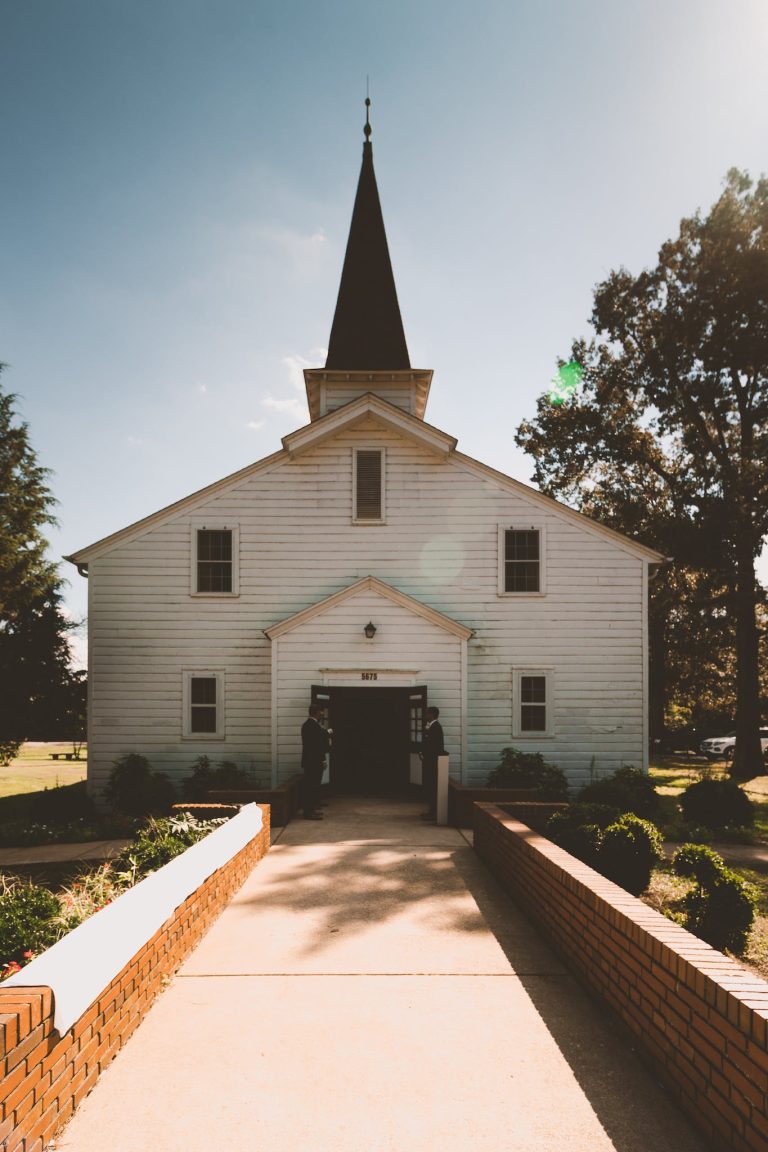Can You Wear Ripped Jeans to Church?
The appropriateness of wearing ripped jeans to church is a debated topic. While some churches welcome casual attire like jeans, others prefer more formal dress. Acceptability often comes down to the specific church’s culture and dress code. There are good arguments on both sides to consider.
Church Culture and Traditions Around Attire
Formal vs. Casual Dress Codes
Many traditional or liturgical churches tend to have formal dress expectations, such as suits, dresses, and dress shoes. This formal style stems from cultural traditions and conveys respect. More modern or laidback churches often explicitly state “come as you are” and feature congregants wearing casual attire like jeans and t-shirts.
Symbolic Meaning of Ripped Jeans
Critics point out that the rips and holes in distressed jeans symbolize a lack of care and effort. Wearing messy, tattered clothes could be interpreted as valuing convenience over respect. Supporters counter that the popularity of ripped jeans today makes them mainstream and not a sign of irreverence. The symbolic meaning depends on each church’s culture.
Generational Preferences
Across society, expectations around clothing formality tend to break along generational lines. Older congregations often grew up with more formal dress codes everywhere, from work to school. Younger generations are accustomed to casual attire in nearly all aspects of life. If considering ripped jeans, know your church’s age demographics.
Is wearing a hat in church a good idea?

Factors to Consider Before Wearing Ripped Jeans
State of the Rips and Holes
Not all ripped jeans are equal. Rips with large holes exposing a lot of skin push casual too far for many churchgoers. Strategically placed rips and fraying may blend into a youthful yet respectful look. Consider the size and location of distressed elements before wearing to services.
Perceptions of Church Leadership
The pastor, ministers, and others in church leadership often set the cultural tone, including attire. If church leaders wear formal wear, ripped jeans risk standing out. Ask directly or observe carefully to understand if distressed jeans align with norms for leadership. When in doubt, default toward respect.
Purpose and Mindset
Before wearing ripped jeans, reflect honestly on your purpose and attitude behind the choice. If you select convenience and comfort over respect, reconsider. If aiming to express youthful energy while still honoring church culture, distressed denim likely works. Mindset matters greatly.
Alternatives to Balance Comfort and Respect
Add a Blazer or Cardigan
For those unwilling to give up their favorite ripped jeans, layering with formal jackets and cardigans demonstrates both care and personality. The distressed elements stay, while the polished layer honors traditional expectations of dignity. This compromise smooths generational fashion differences.
Save for Social Events
Many churches sponsor youth groups, concerts, picnics, and other social activities. Ripped denim fits better here than in the main sanctuary. Limiting distressed items to these social gatherings shows respect for services while allowing self-expression elsewhere. This balanced context prevents conflict.
Stick to Strategic Distressing
As mentioned before, rips placement impacts perceptions. Stick to subtle knee distressing or small hip fraying. Avoid large holes, upper-thigh rips, etc. This strategic distressing balances edgy and dignified. For maximal versatility between church and everyday, select subtle ripped jeans.
Conclusion
The appropriateness of wearing ripped jeans to church depends greatly on the specific church culture and your personal motivations. By considering context, mindset, and compromise options, ripped denim can potentially work without disrespecting church traditions. Proceed thoughtfully and listen carefully to guidance. When conflicted, always default to modesty and care.







